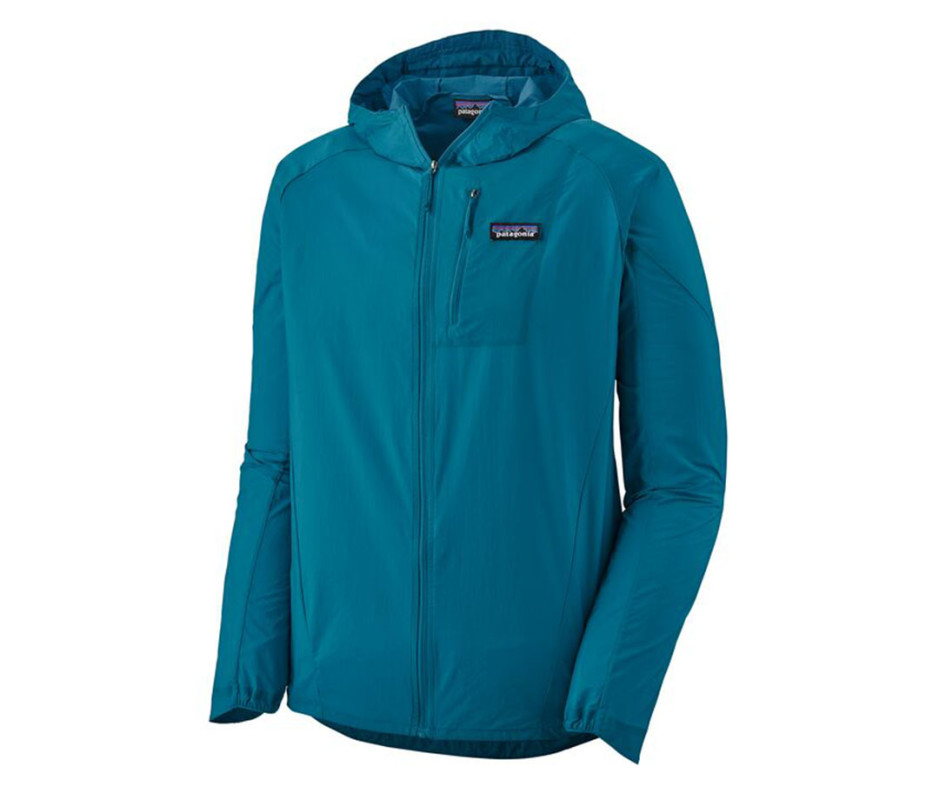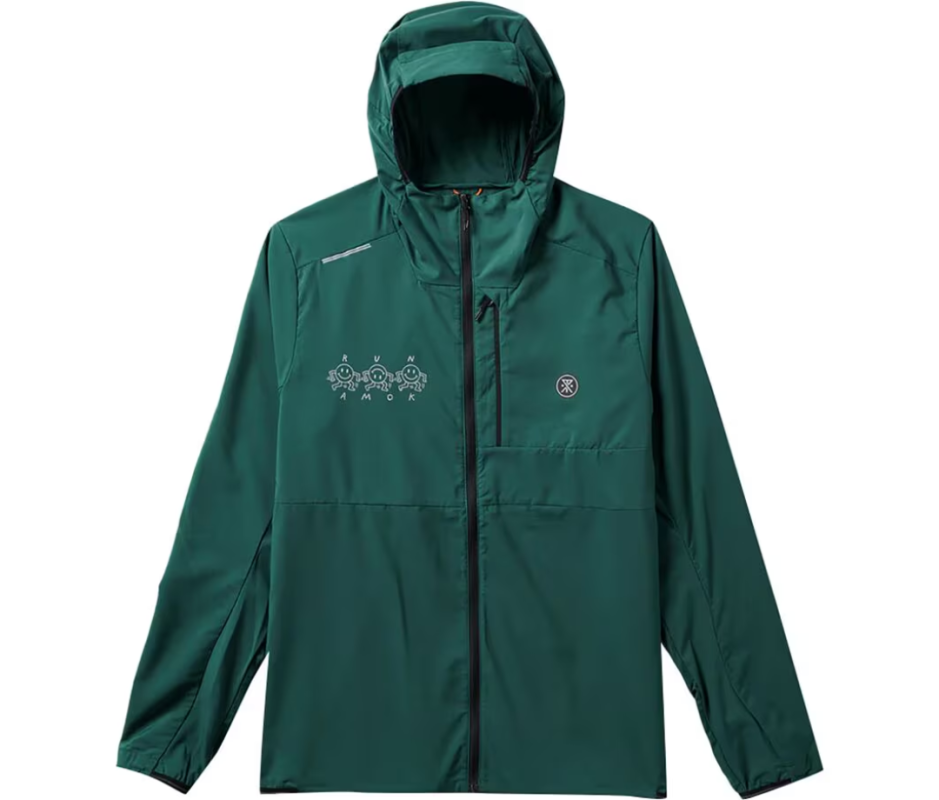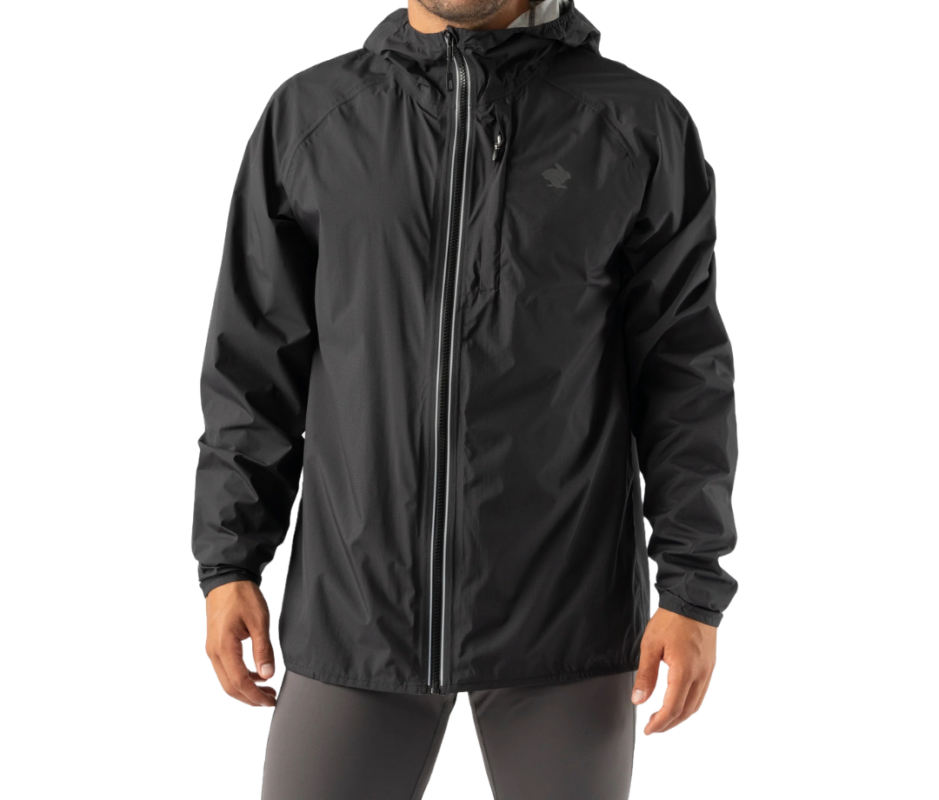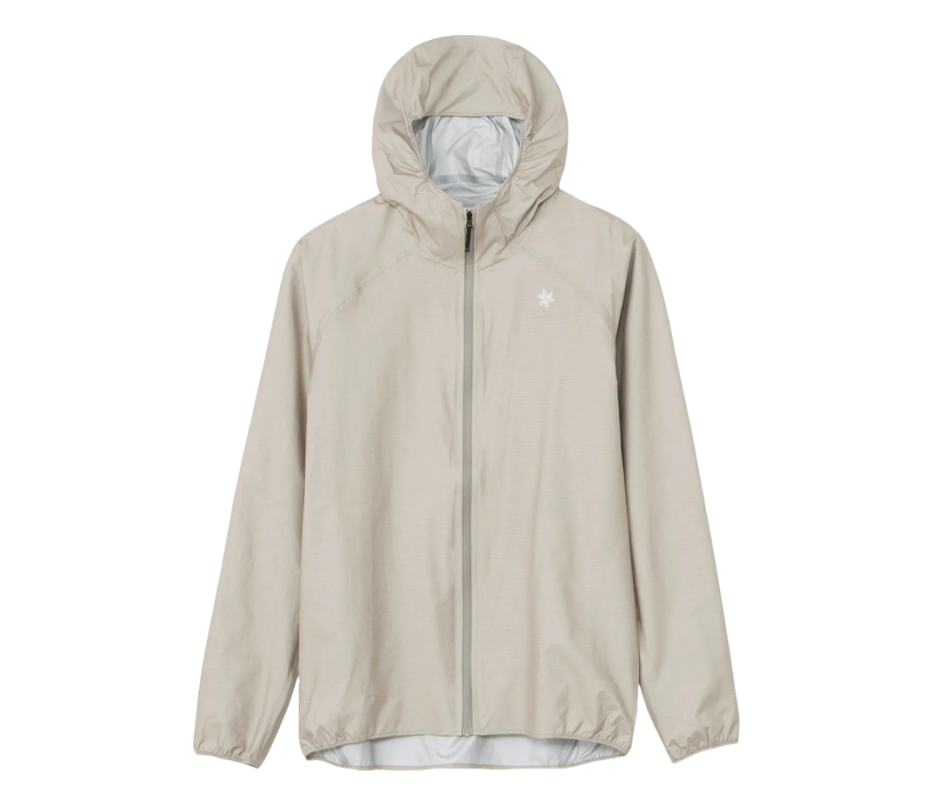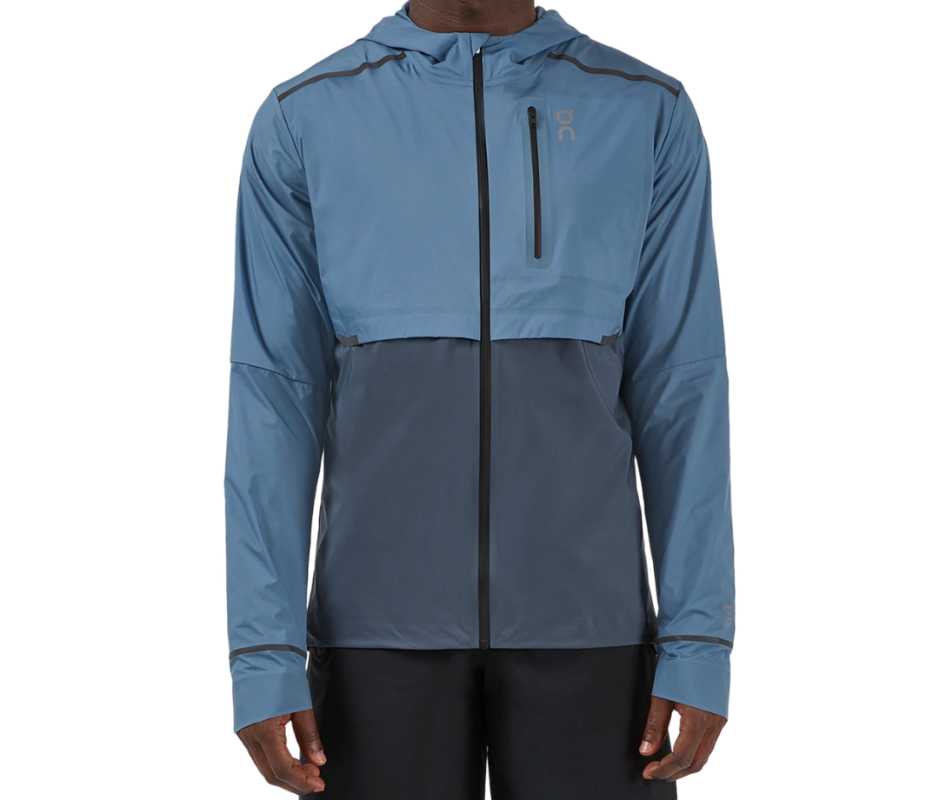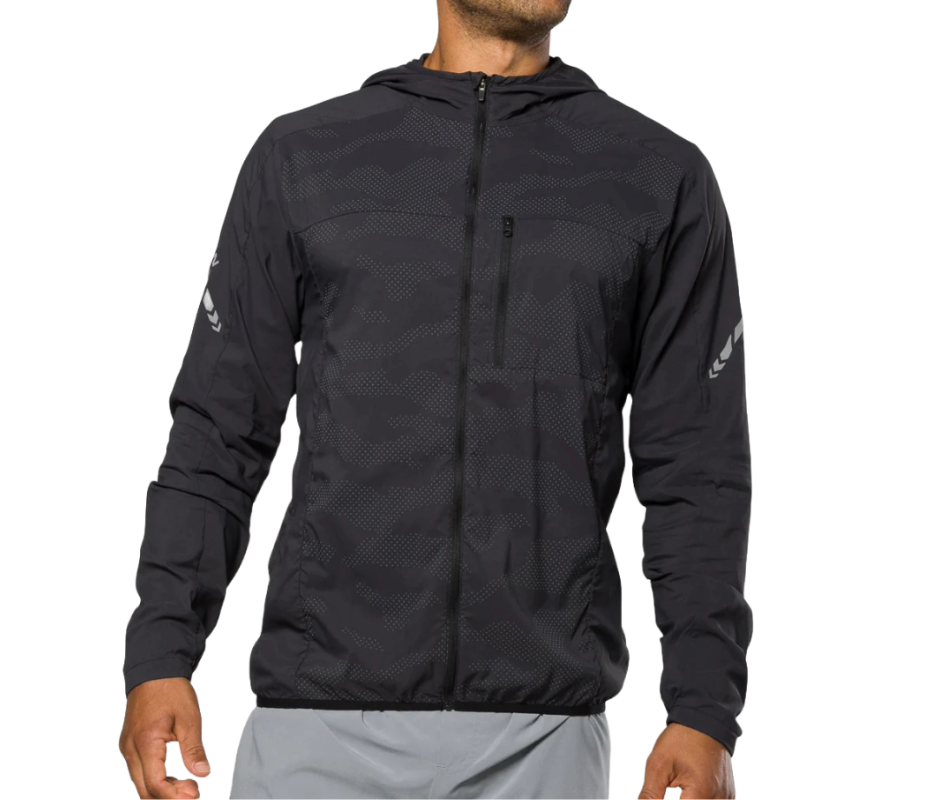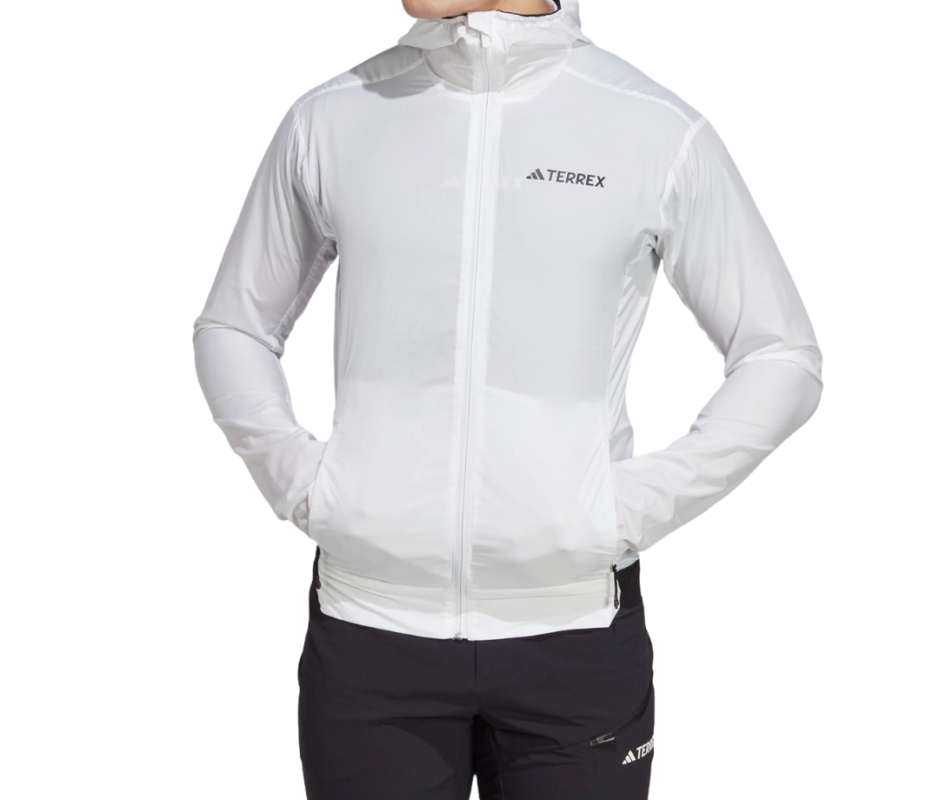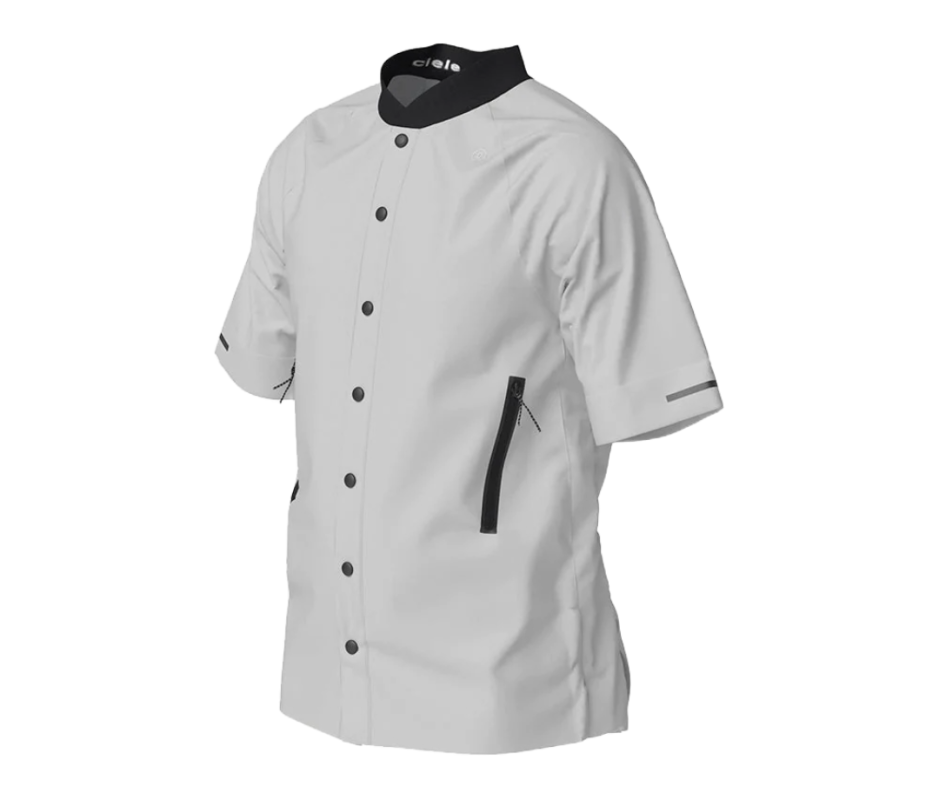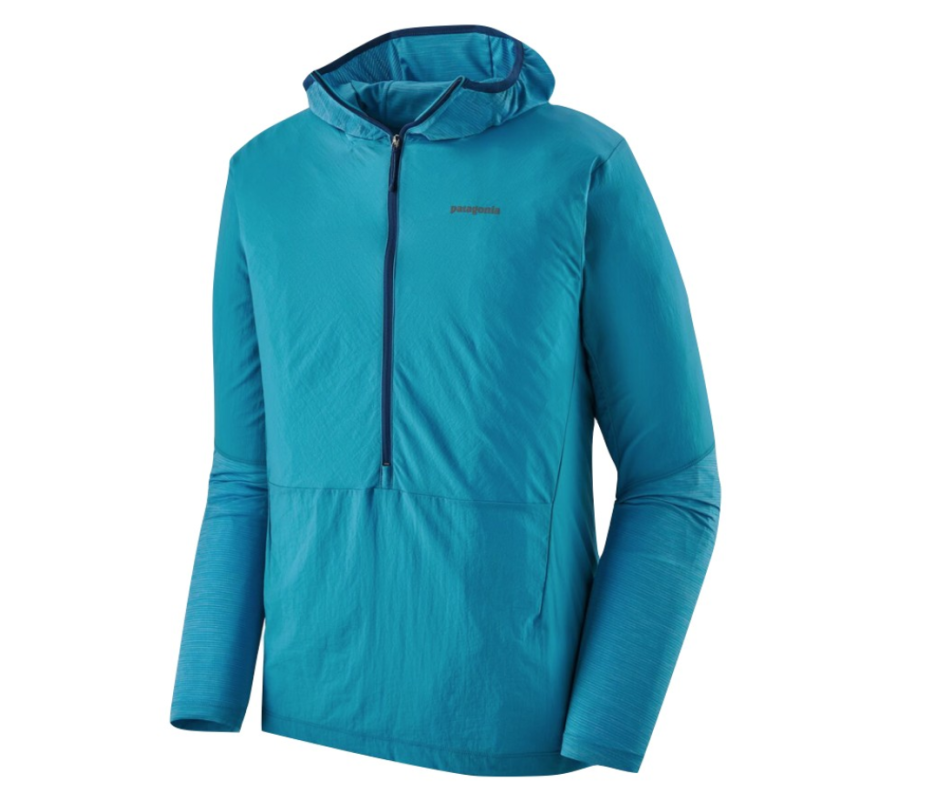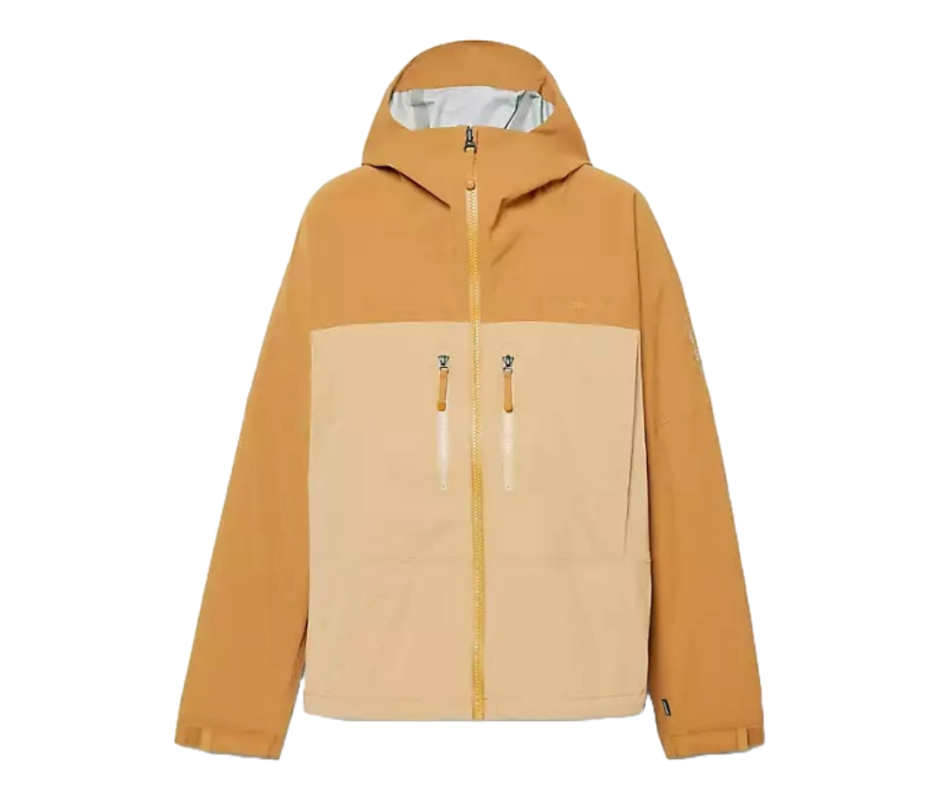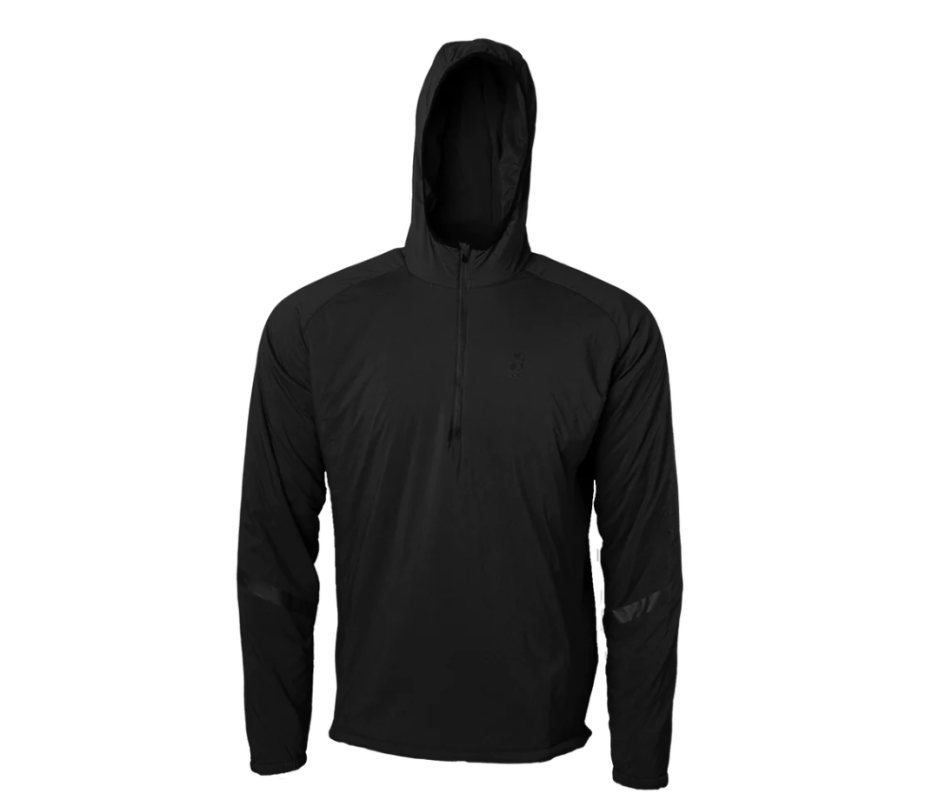The Best Running Jackets of 2024 for Any Kind of Weather
[ad_1]
Men’s Journal aims to feature only the best products and services. If you buy something via one of our links, we may earn a commission.
There’s nothing quite like running in perfect weather. But the reality is, if you’re serious about logging consistent mileage, there are going to be bad weather days when you need a bit of protection—especially as unpredictable spring weather throws rain and wind at you. On those unavoidable days, your running shoes can only take you so far. You need to pick up a running jacket.
A great running jacket serves many purposes. It protects you from the rain, keeps you warm, and breaks the wind. But it also needs to be breathable, so you don’t heat up so quickly that you tie it around your waist within five minutes. Therefore, we rounded up the best running jackets you can buy, saving you hours scouring online retailers for the perfect layer for your running needs. Our favorite turned out to be Patagonia’s Houdini jacket, which is lightweight, windproof, and has enough water-resistance to shed any drizzle encountered mid-run.
Related: We Tested 16 New Balance Running Shoes. These Are the Best
Best Overall Running Jacket: Patagonia Houdini
Courtesy Image
The Patagonia Houdini is so popular because it’s truly that good. The magic is in its simplicity; it’s a minimal jacket that works well for a variety of needs.
It’s windproof. The DWR finish works well, and I found it to work great in a light but consistent drizzle. And it’s so breathable. For a jacket that cuts wind and sheds light rain, you’d expect it to be somewhat stuffy inside. Not so, the jacket really allows moisture to escape even as you ramp up intensity.
There’s one simple pocket (which the jacket packs into, great for long runs when it’s time to shed), and two simple cinch cords—one in the hood and one in the waist, but the cord slips out of the plastic cinch track for me, which was a mild annoyance.
That said, the Patagonia Houdini is the clear choice for a basic, do-it-all running jacket. Even in cold weather, layering with this as a shell would work great, but be warned: The Houdini fits slim, so size up if you intend to do heavy layering.
Most Comfortable Running Jacket: Roark Secondwind 3.0
Courtesy Image
The latest Roark Secondwind 3.0 running jacket is super breathable, soft, and stretchy, which makes it comfortable layer for spring. I love the thumb loops on the cuffs, because while I’m not a fan of running with gloves, I like that my hands are covered when warming up. The jacket does feature a DWR finish, and while the material is much softer (but slightly more absorbent than the Houdini above), it performs just fine in light rain. When you feel how nice the material is, you won’t want to take it off.
Most Versatile Running Jacket: Rabbit Treeline
Courtesy Image
The Rabbit Treeline is a versatile jacket that looks great and performs well for most of my needs. It’s waterproof and water resistant, but it doesn’t have crazy high proofing expectations. Indeed, the company prioritized a balance between water protection and breathability, and I think they’ve found a perfect sweet spot between the two.
Related: The Best G-Shock Watches of 2024
Best Rain Jacket: Goldwin Pertex ShieldAir A/L
Courtesy Image
Ever since I saw Dylan Bowman wearing a prototype of it last fall, I’ve wanted to try this jacket. Luckily, the Goldwin Pertex ShieldAir A/L delivers everything I hoped, and perhaps more. While it’s certainly a premium shell, it’s extremely capable.
Historically, great waterproofing meant terrible breathability and vice-versa. Pertex ShieldAir has helped bring a better balance to that ratio, especially as it pertains to endurance sports. The A/L jacket, made in partnership with Bowman’s company Freetrail, is an excellent piece if you run a lot in rainy weather but need your jacket to breathe well and keep you cool.
I wore it during a 45-degree, steady downpour mountain run. I started off the effort cold, but as I warmed up I never felt like I needed to shed the jacket. Underneath, I was wearing just one long sleeve base layer that remained surprisingly dry.
My only qualm with this jacket—especially for the price—is that there’s no pocket. The jacket packs down super small, but not into itself like the Houdini, rather into a separate stuff sack.
Most Breathable Running Jacket: On Weather
Courtesy Image
The On Weather Jacket was designed with breathability top of mind. The latest version features a blend of materials that protects you from the elements, specifically cold, wind, and very light rain. The sizable vents along the back of the jacket help keep your body temp in check, and the stretchy, soft underarm material is both breathable and flexible in motion.
It’s great for fringe-weather runs and ideal for mild weather—think mostly dry, breezy, sub-50 degree temps. I do get a little caught up on the price, however, as I think for over $200, it doesn’t quite provide the full range of features as some competitors.
More Running Jackets We Love
Best Jacket for Night Running: Nathan HyperNight Stealth
The Nathan HyperNight Stealth is an ideal jacket for night running or early morning running when visibility is key. It features a camo reflective material contrasted against its black fabric, and is surprisingly easy to see at night. It makes a great city running jacket.
But it’s not just visibility that the jacket does well. I love the material feel on this Nathan Stealth. It reminds me a lot of the Roark as far as softness and stretch, and it has great breathability with back vents cut in. There is a hood cinch and a chest pocket as well, which help round out a solid feature set for the price.
Best Breathable Windbreaker: Adidas Terrex Xperior Windweave
The Adidas Terrex may be the most supple windbreaker I’ve ever tried. The material feels futuristic, almost impossibly soft for a proper shell. And for something that cuts wind so well, I can’t believe it sheds my internal heat effectively. It’s become my favorite option when running on blustery mountain trails. Aside from the excellent material, the jacket also has clever zippered pockets with breathable backing to act as cooling vents—or, you know, they can be used as pockets.
Best City Running Jacket: Ciele OTFInsulator
The Ciele OTFInsulator is perhaps the most innovative jacket on this list, at least in terms of trying something new. Rather than designed to be shed once you warm up, the OTFInsulator is a short sleeve insulated jacket, so that as you warm up you don’t have to take it off. Instead of a zipper, snap buttons make it easy to pop it open in different places if you need to cool yourself down.
This Ciele jacket features warm Polartec Alpha insulation that keeps the core feeling protected but doesn’t cause you to overheat. The dual zipper pockets are perfectly placed to warm your hands while waiting at stoplights, and the neck cuff is super soft. It nails chic, city running style, too.
The drawbacks are water-resistance and versatility. This jacket just isn’t designed for wet conditions. It’s perfect for running in the winter, through the city, when you know the conditions.
Best Running Jacket for Warm Weather: Patagonia Airshed Pullover
The Patagonia Houdini has a high tech sibling: the Airshed Pullover. It has amazingly soft material and boasts many of the same features as the more traditional Houdini. It fits close to the body, and I’ve even worn it as my sole layer for breezy trail runs. The jacket flexes to provide an ideal range of motion for running, and the stretchy hood is comfortable. If you run in a warmer climate or really just need a simple, stashable windbreaker, the Airshed Pullover is the optimal pick.
Best Jacket for the Coldest Runs: Timberland Caps Ridge Waterproof Motion
The Caps Ridge Waterproof Motion Jacket is perfect for cold, wet running conditions. The sleeves, rather than being sewn on at the shoulder, are a single horizontal layer running across the jacket, which gives you much better range of arm motion than some rigid waterproof shells. The jacket also has breathable pit-zips that allow you to get a nice breeze under your arms in case the thicker shell starts warming you up.
Perhaps the coolest feature for runners, however, is that the jacket has built-in backpack straps so you can take the jacket off and let it hang on your shoulders. This means if you fully warm up and don’t bring a pack, you can easily toss the jacket on your back and keep running.
Other good features include a hood, waist cinch, and well-placed pockets. It’s a thick, fully-waterproofed jacket, so it will feel less breathable than others designed specifically made for running. However, for truly cold and wet running, this is a great choice.
Best Running Sweatshirt: Outdoor Vitals Ventus Active Hoodie
Sure, a big cozy hoodie is awesome to wear around the house in chilly weather. However, most hoodies are cotton or cotton-blended, and the reality is that when soaked with sweat, snow, or rain, they become heavy, cumbersome, and cold. Instead, rock this Outdoor Vitals Ventus Active Hoodie, an extremely tech-forward hoodie that will perform with you during chilly runs.
OV is most popular in the backpacking space because they make ultra light, durable gear designed for adventurers. But many of the principles apply to running too, and the Ventus Active Hoodie is designed for high-output activities. The 3DeFX insulation is warm but breathable and stretchy, so that no matter how you’re moving, you don’t feel restricted. The hoodie is also designed with a simple mesh layer, sans insulation in the armpits, which really helped keep me cool on trail.
Let’s be clear, this hoodie is warm, and it’s not particularly water-resistant. But it’s great for truly cold efforts, and is a nice option for high-elevation runs or any run where you need to layer heavily.
Related: The 7 Best Moisture-Wicking Shirts for Spring Runs and Workouts
What to Look for in the Best Running Jacket
When considering the best running jacket for your needs, start with the conditions in which you’ll be most often using it. For many of us, precipitation is the most irritating barrier to an enjoyable run, so many of the jackets on this list are water-resistant or even waterproof.
If you typically run in mild conditions, then a windbreaker is a great choice, as many offer some water resistance, provide a bit of warmth, but remain breathable. However, if you often run in the mountains or in cold winter weather, there are great insulated options on this list that don’t feel suffocating when your body warms up. For those in rainy climates, there are a couple of great waterproof shells out there that provide a meaningful rain barrier, while still maintaining the ability to shed internal moisture.
Layering
I tend to sweat a lot, so running with a jacket is tough for me. I need one that can regulate temperature well enough to protect me from the elements, but not cause me to overheat. And let’s get real, many of us will eventually shed our jacket when we get too hot, so features that make it easy to stash and stow are super useful.
Therefore, I’m cognizant of layering when going on bad weather runs. In cold, wet conditions, I wear a moisture-wicking T-shirt, an insulating layer, and a waterproof shell. But as soon as I warm up, I shed my insulator, because once that’s soaked wet, the negatives outweigh the benefits. That said, I keep it simple: I wear one base layer and my running jacket, unless conditions are varied enough to warrant more.
When I run with a jacket, I often bring a pack or vest—even just a simple, minimal hydration pack. That way, I have an easy, hands-free spot to stash my jacket in case I get too warm. A small pack usually fits under a rain shell, but options like the Salomon Bonatti Trail jacket provide a bit of extra material designed to be worn over a pack.
Water-resistant vs. Waterproof
Many jackets will be marketed as water-resistant. Some are even labeled waterproof. What’s the difference, and why does it matter for running?
Running generates body heat and moisture, which is actually a reason to avoid fully waterproof shells. If you’ve ever worn fully-waterproof rain jacket on a tough hike or run, it can feel like a non-breathable plastic bag. However, thanks to new and developing technology, some waterproof running jackets are designed to shed internal moisture and feel breathable
For many of us, a water-resistant shell will do fine for light rain and maintain some breathability over a fully waterproof jacket. Water-resistant running jackets are treated with a coating, often called DWR (durable water repellent), but the material itself is water permeable. DWR formerly contained PFAS (i.e., forever chemicals), but most companies have ceased to design apparel with PFAS because California and other states have mandated a partial ban on these chemicals by January 1, 2025.
Waterproof jackets use a DWR finish as well but are also designed with water impermeability in the material to increase their waterproofing. They typically have three layers. The outer layer is finished to repel water, but the middle layer is impermeable to water droplets because the membrane weave is so fine. To make the jackets more breathable, the middle layer leaves space for air and water vapor to pass through so your body heat can be expelled.
Breathable designs, such Pertex’s ShieldAir textile, have taken the waterproof and breathability to new heights. A jacket designed for running isn’t as waterproof as, say, a hunting jacket, because sweat buildup isn’t as much of an issue. So Pertex ShieldAir and design like it take the waterproof membrane and makes it slightly more breathable, but slightly less waterproof. A Pertex representative put it this way: “You may not want to sit for two hours in a puddle with a ShieldAir jacket, but you’ll feel much more dry and comfortable if you’re running for two hours through the rain in one.”
Why You Should Trust Me
I’ve tested dozens of running jackets from numerous different brands. I run a lot, for enjoyment rather than competition. That means I care more about how I feel when I’m running than how fast I’m going. Sure, it’s fun to improve, and indeed running in well-designed jackets helps achieve better performance.
My running jacket needs are representative of a large group of runners. I run in all types of conditions, from cold and windy mountain trail runs to rainy road runs. The best running jackets chosen by the Men’s Journal test team help men run more comfortably, effectively, and enjoyably.
Related: The Best Marathon Shoes to Run Your Next PR
[ad_2]
Source link



